Buying a business can be one of the most transformative decisions for entrepreneurs and acquisition-focused operators, but how do you ensure you’re not overpaying for the opportunity? In a marketplace filled with inflated asking prices, competitive buyers, and intricate financial structures, mastering the art of business acquisition requires strategy, preparation, and the ability to dig deeper than surface-level data.
In this article, we’ll explore five proven tactics to help you secure a business at its true value, as shared by Leo Lander Verde, a seasoned business broker and M&A advisor. From analyzing seller discretionary earnings (SDE) to leveraging competition among deals, these insights offer a structured roadmap to navigate the complexities of buying a business without overpaying.
Understanding True Value vs. Asking Price
The foundation of any successful acquisition begins with a clear understanding of a business's true value. Sellers often anchor their prices high, especially those inexperienced or selling without a broker. Your primary task is to determine the fair market value, which involves evaluating the seller's discretionary earnings (SDE), applying appropriate industry multiples, and factoring in other financial metrics.
Key Actions:
- Analyze SDE Multiples: Use historical data (preferably multi-year averages) to calculate the business’s SDE. Adjust for non-recurring expenses and seller-specific add-backs to arrive at a realistic figure.
- Study NAICS Codes: Different industries (classified by six-digit NAICS codes) have varying valuation norms. Understand whether the business’s multiple aligns with its industry average.
- Leverage Modeling Tools: Advanced deal analyzers and valuation software can help calculate debt service coverage ratios and post-debt service cash flow, ensuring your offer aligns with financial feasibility.
By focusing on numerical and data-driven analysis, you eliminate guesswork and anchor your negotiations on solid financial grounds.
Mastering Quality of Earnings (QoE) Analysis
A deep dive into a business’s financial health is essential to avoid overpaying. Sellers often attempt to inflate their SDE by including non-business-related expenses or irregular income streams. Conducting a Quality of Earnings (QoE) analysis ensures you’re evaluating sustainable cash flow and identifying potential red flags.
Key Considerations:
- Scrutinize Add-Backs: Evaluate seller add-backs, such as personal expenses (e.g., travel or meals). Accept only those that are reasonable and customary.
- Exclude Irregular Income: One-time revenues or income classified as "other" on tax returns should not inflate valuation.
- Catch Red Flags: Analyze for inflated revenue, one-off sales, or questionable accounting practices.
Larger businesses may require a formal QoE report, but for smaller acquisitions, understanding the basics of financial analysis can give you the upper hand.
The Power of a Strategic LOI (Letter of Intent)
The Letter of Intent (LOI) is more than a preliminary agreement - it’s a strategic tool that can shape negotiations. To secure the best price, don’t just focus on the dollar amount. Creatively structuring terms like seller financing or earnouts can make your offer more compelling than competing bids.
Structuring Your LOI:
- Incorporate Seller Financing: Many sellers prefer staggered payments over receiving all cash upfront due to tax benefits.
- Leverage Earnouts: While not typically allowed under SBA financing, earnouts can incentivize sellers by tying future payments to the business’s performance.
- Emphasize Training Periods: Including post-sale support or training can demonstrate your commitment to the business’s success.
A well-crafted LOI not only appeals to the seller’s needs but also puts you in control of the narrative.
Information Asymmetry: The Secret to Negotiation
In the world of business acquisitions, knowledge truly is power. The more you know about the business, its industry, and its operations, the stronger your position during negotiations. Sellers are more likely to lower their asking price if they view you as a competent buyer who understands the nuances of their business.
Tips for Using Information to Your Advantage:
- Study the Industry: Familiarize yourself with the business’s NAICS code, market trends, and competitive landscape.
- Ask Smart Questions: Thoughtful inquiries can reveal underlying issues while demonstrating your expertise.
- Build Trust: Sellers are more willing to negotiate with buyers they perceive as knowledgeable and trustworthy.
Sellers don’t just sell to the highest bidder - they sell to the buyer who feels like the "right fit." Position yourself as that buyer by being overprepared.
Leveraging Competition and Optionality
One of the most common mistakes buyers make is falling in love with a single deal. This emotional attachment can cloud judgment and lead to overpaying. Instead, always have multiple acquisition opportunities in progress to maintain perspective and negotiating power.
Maintaining Competitive Leverage:
- Pursue Multiple Deals: Keeping two to three potential acquisitions in your pipeline ensures you have alternatives if one deal falls through.
- Be Willing to Walk Away: Sellers are often more flexible with buyers who demonstrate the confidence to walk away.
- Create Deal Flow: Whether through brokers, proprietary outreach, or networking, continuously build a pipeline of potential deals to avoid tunnel vision.
Power in negotiations comes from optionality - always having the ability to pivot to another opportunity.
Key Takeaways
Here are the essential strategies for buying a business without overpaying:
- Understand True Value: Anchor negotiations on SDE multiples, industry benchmarks, and financial modeling.
- Master Quality of Earnings: Scrutinize cash flow, exclude irregular income, and catch red flags.
- Craft Strategic LOIs: Combine price with creative terms like seller financing and earnouts.
- Leverage Expertise: Outpace the seller in knowledge to build trust and gain negotiation leverage.
- Maintain Optionality: Always keep multiple deals in play to preserve negotiating power.
- Don’t Skip the Details: Deals with inflated revenues or questionable accounting practices often lead to overpayment.
- Know When to Walk Away: Emotional detachment and the willingness to pivot are your strongest tools.
Final Words
Buying a business is a significant financial and emotional investment, but with the right strategies, you can ensure you’re paying a fair price while setting yourself up for long-term success. By focusing on value-driven analysis, strategic negotiation techniques, and maintaining deal optionality, you position yourself as a savvy buyer who not only avoids overpaying but also secures an acquisition that fits your goals.
For acquisition-minded entrepreneurs and business buyers, following these tactics can make the difference between a profitable investment and a costly mistake. Armed with preparation and strategic execution, you can confidently navigate the complexities of the business acquisition landscape and emerge with a valuable asset at the right price.
Source: "How to Buy a Business Without Overpaying - 5 Proven Tactics" - Leo Landaverde, YouTube, Sep 11, 2025 - https://www.youtube.com/watch?v=dbTcYJ1CRwg
Use: Embedded for reference. Brief quotes used for commentary/review.









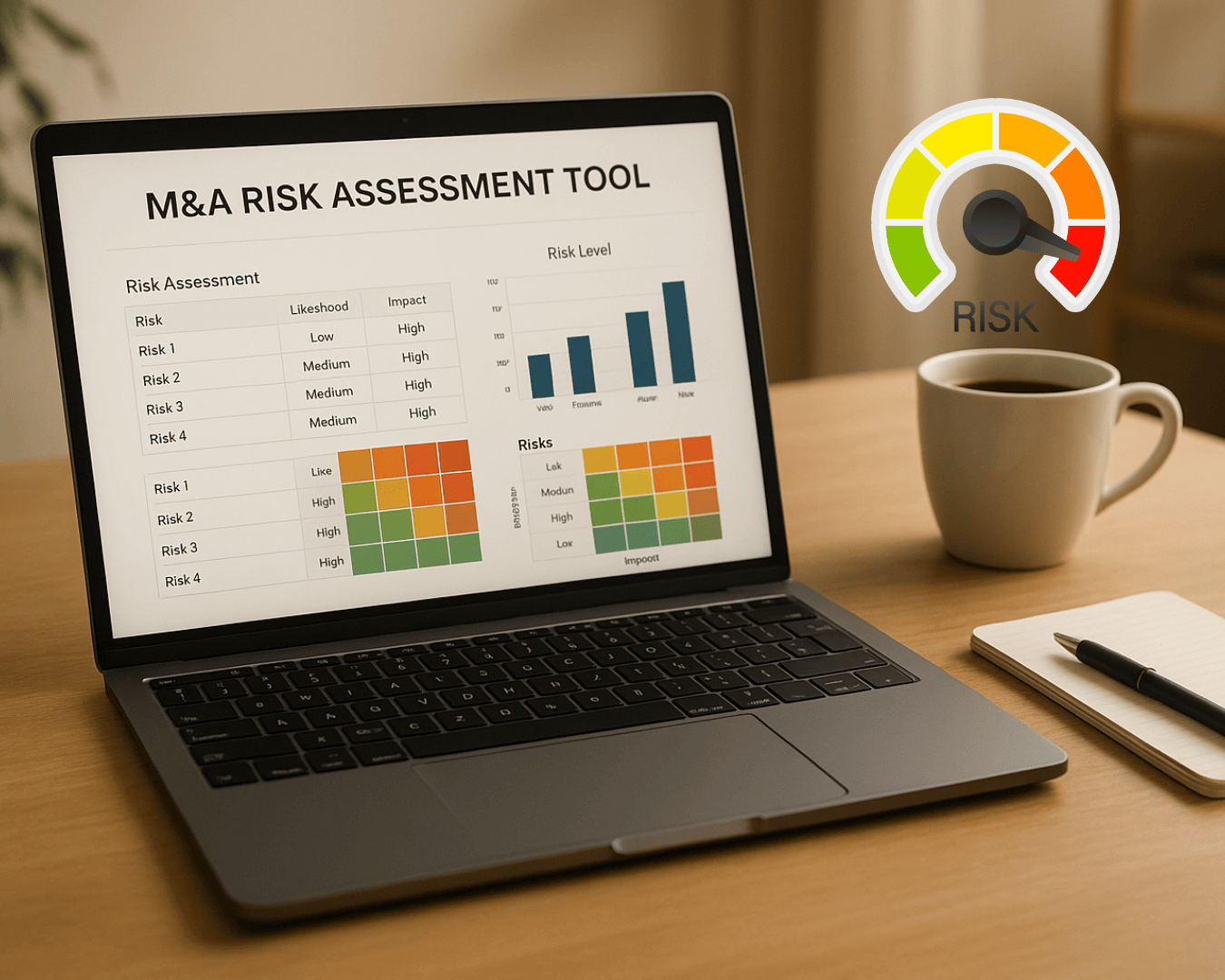

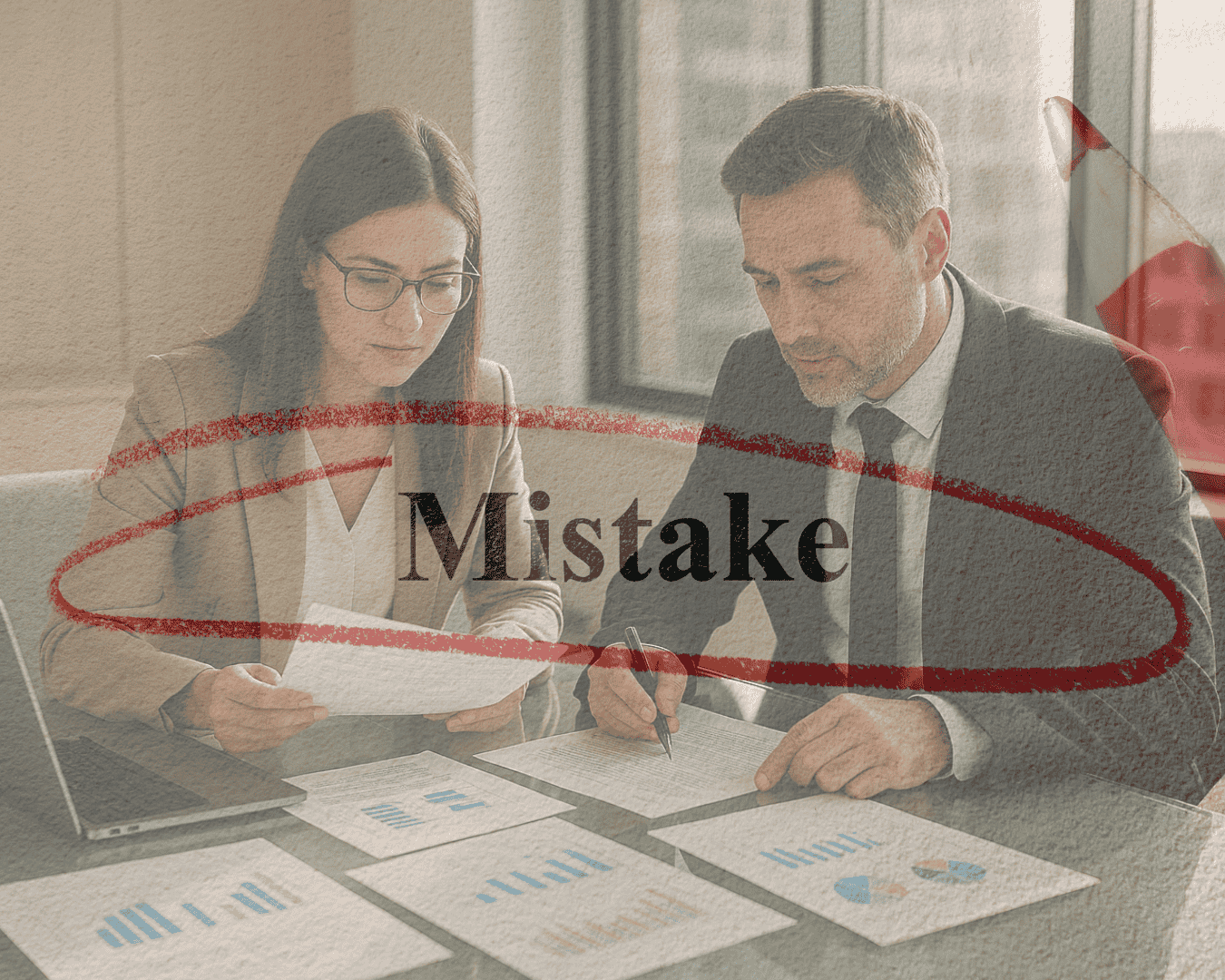
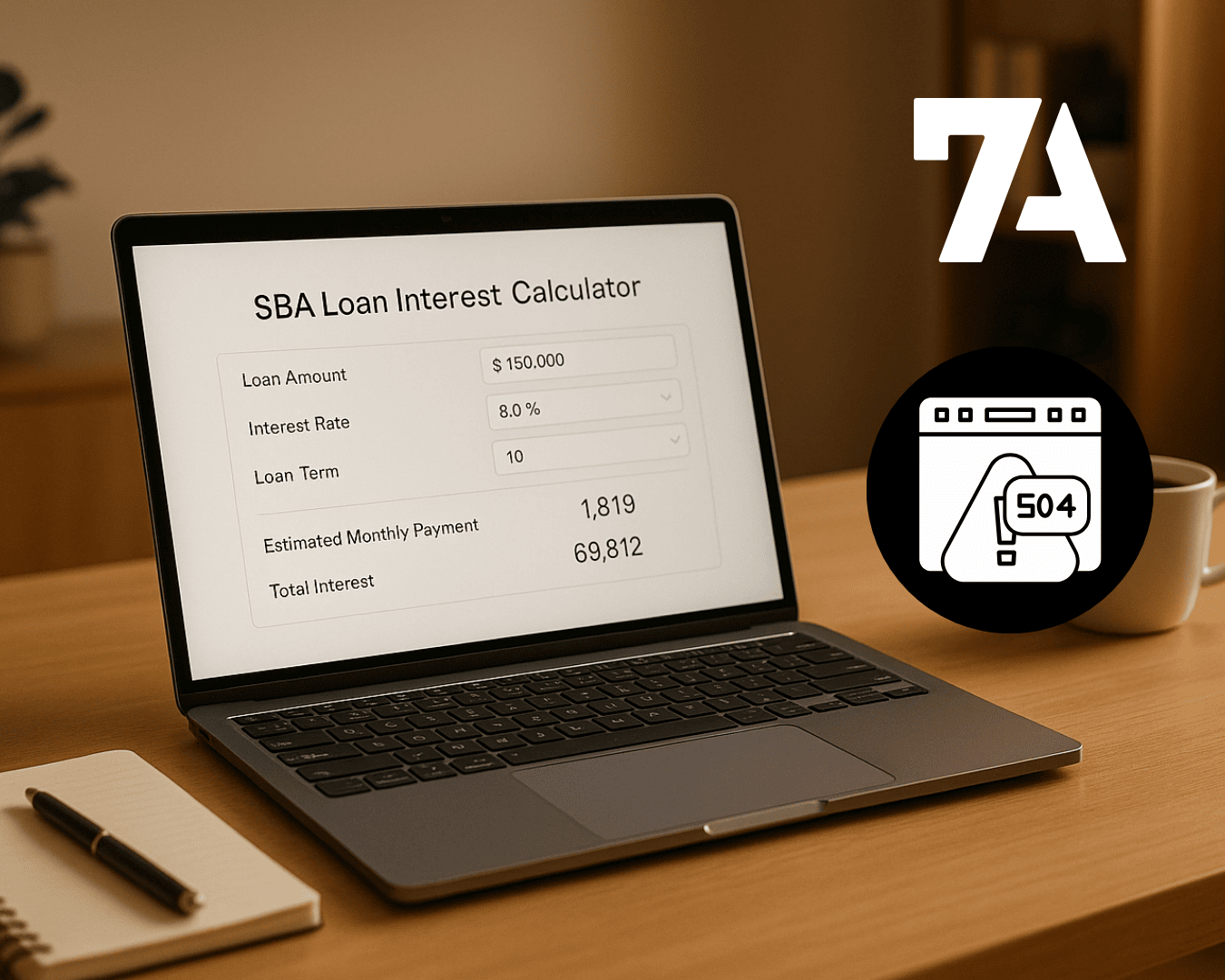








%20Loan%20Application%20Checklist.png)
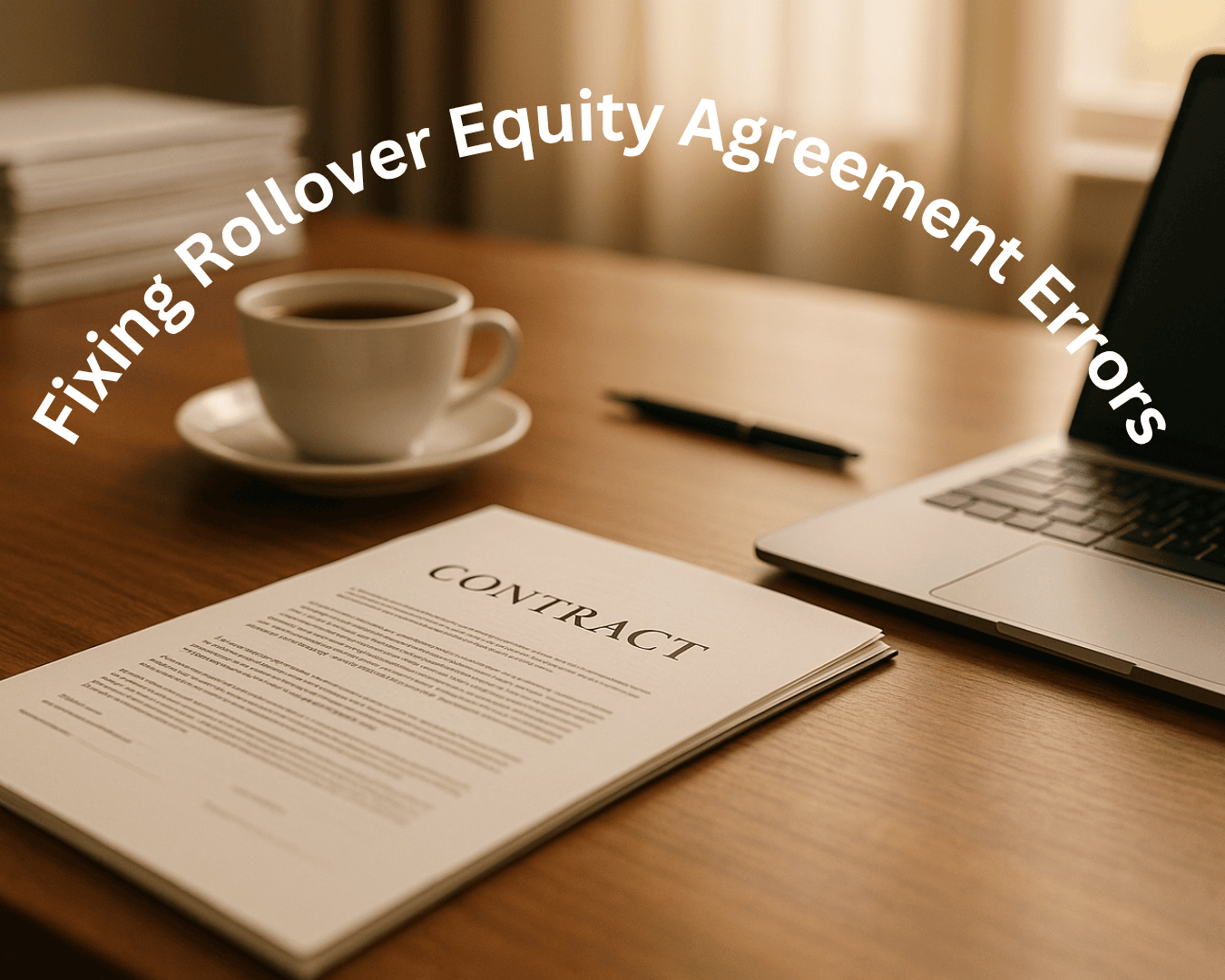
















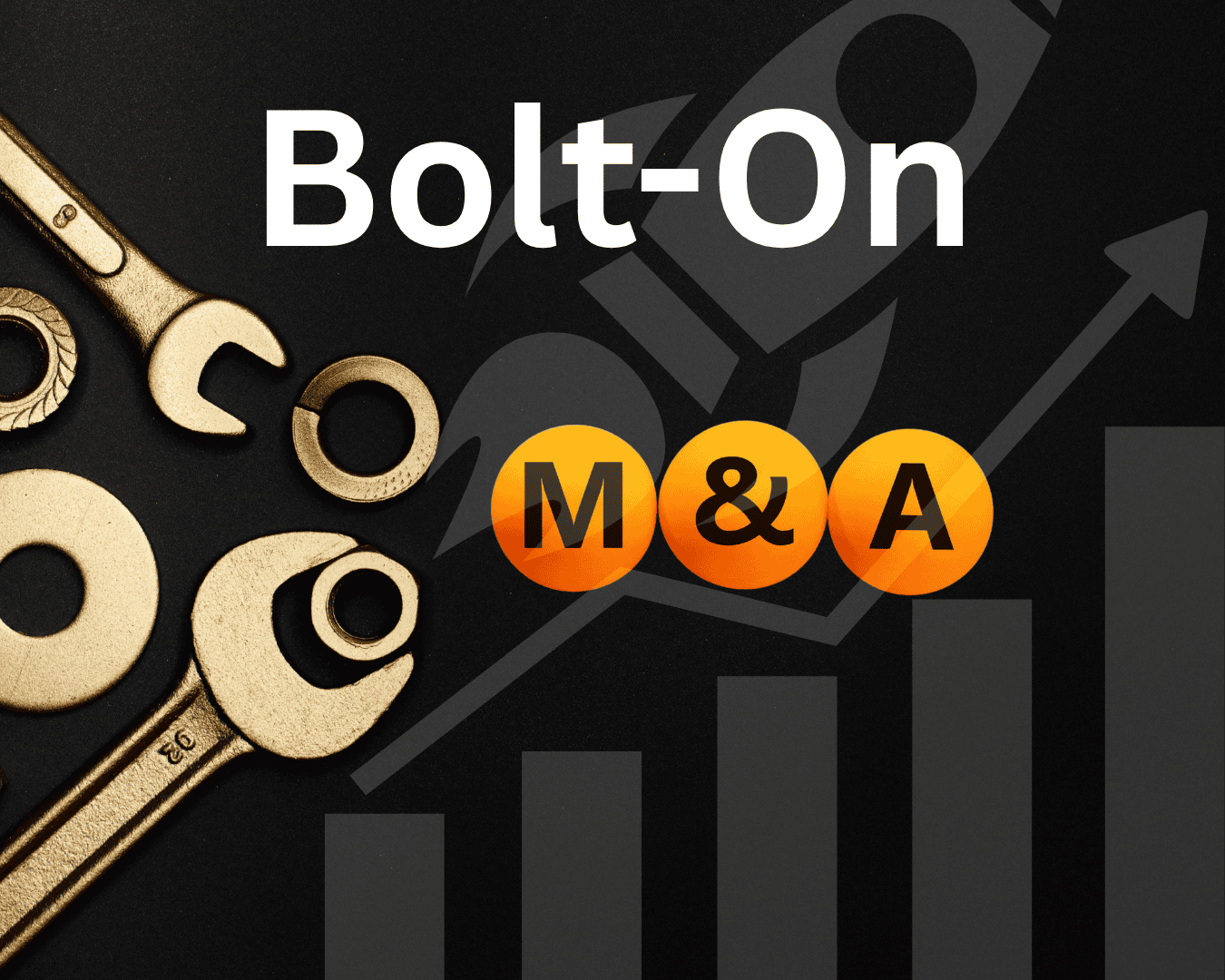













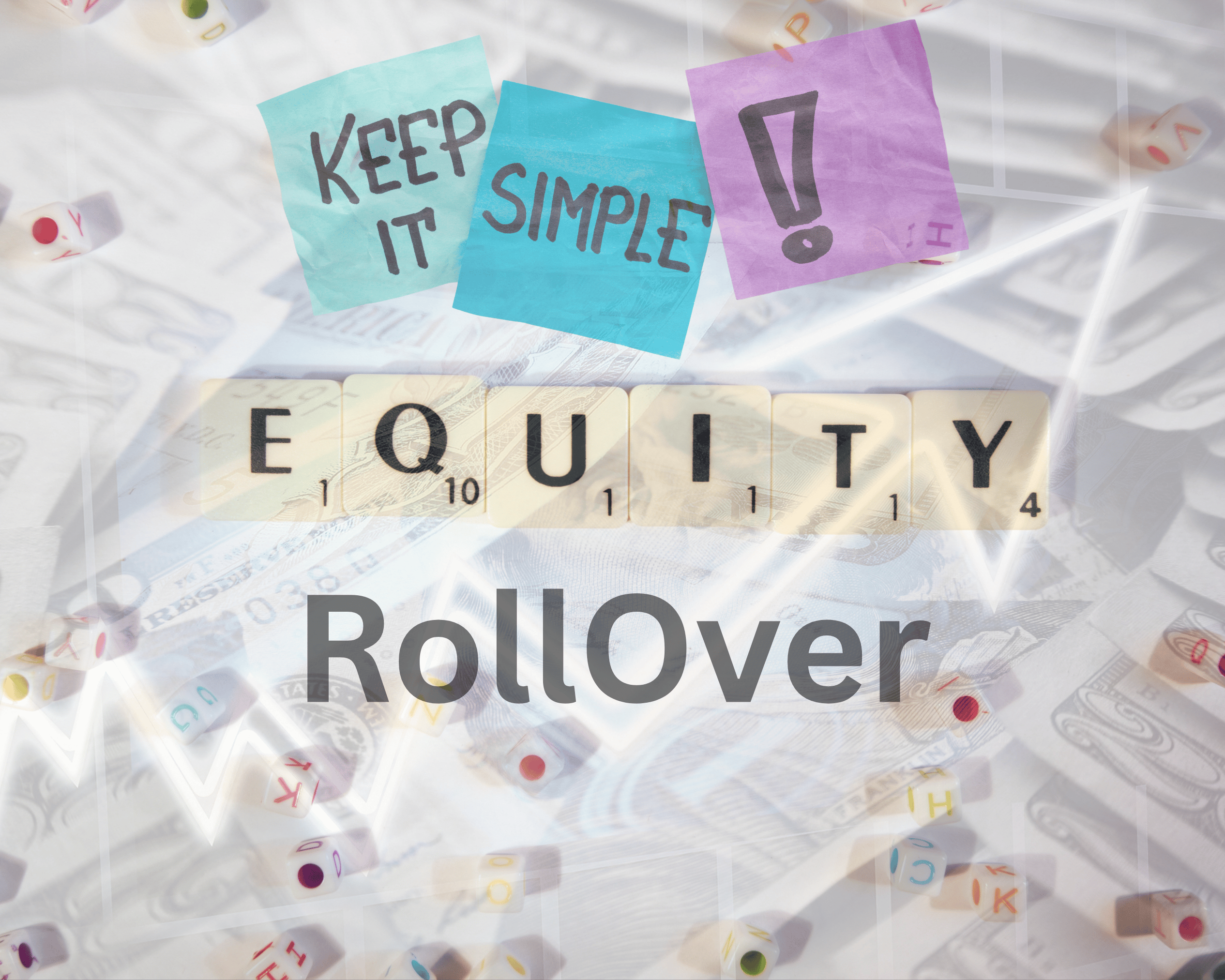







.png)
%20Loans%20%26%20Your%20Buy-Side%20Edge.png)



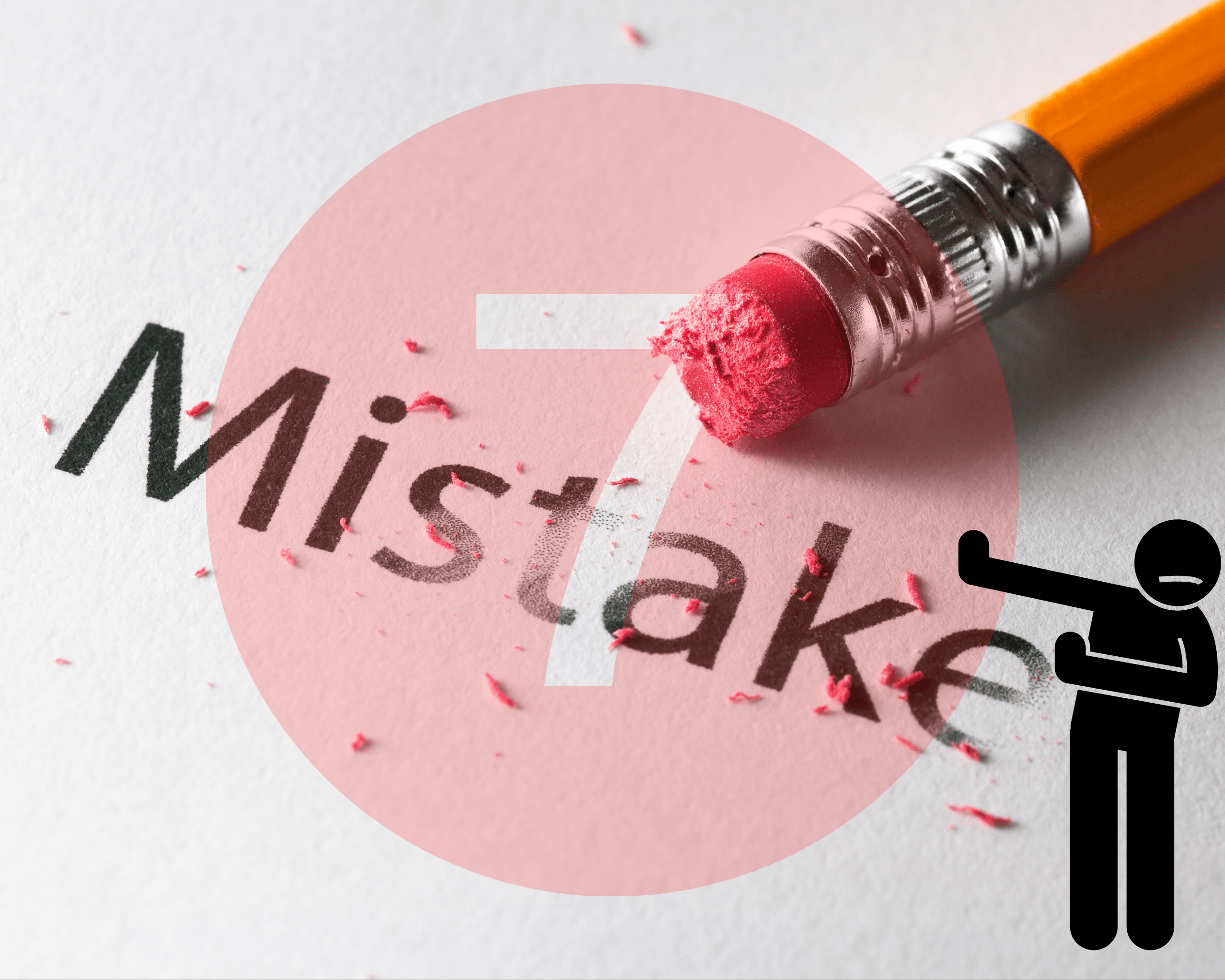





























.png)
.png)
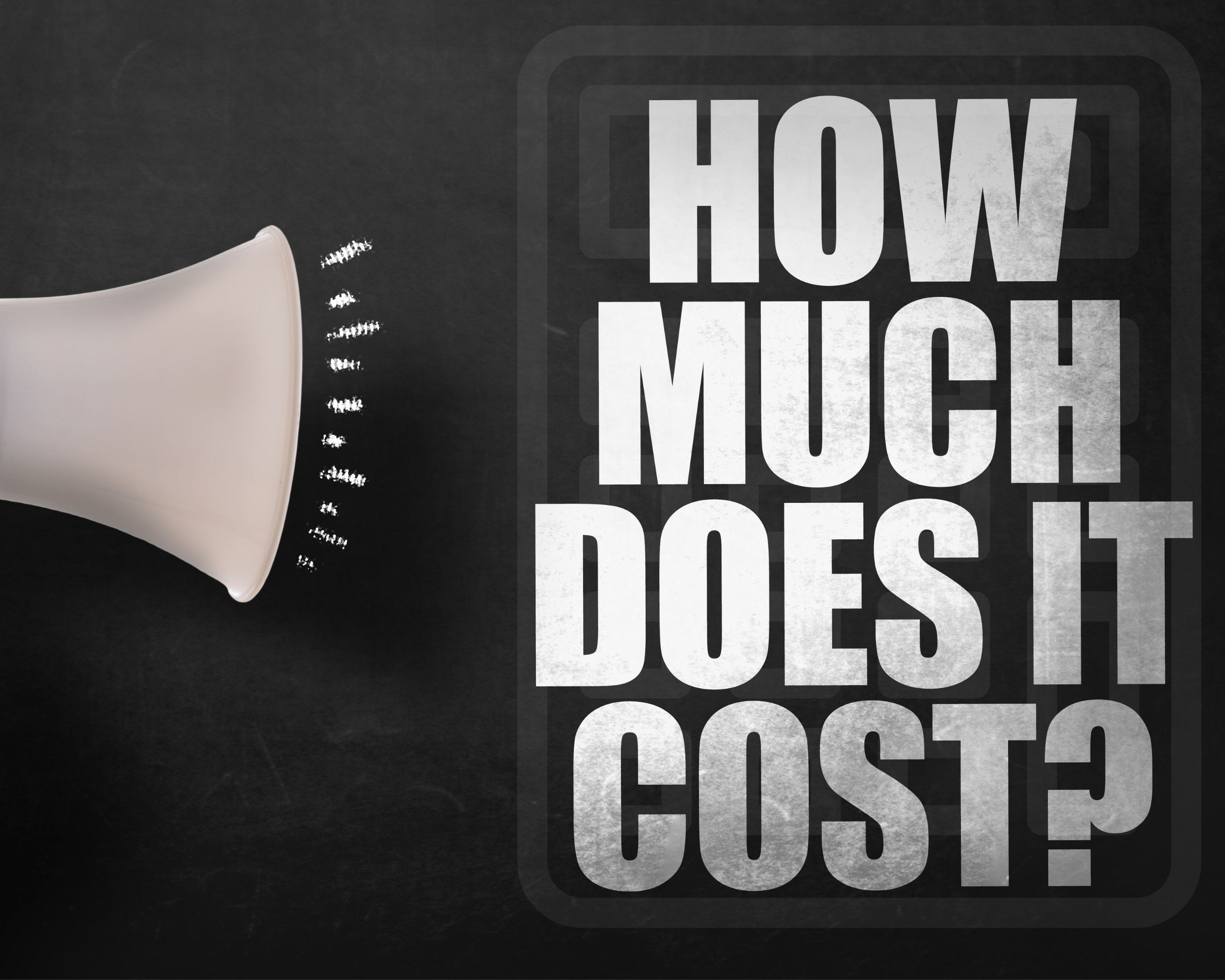


.png)








